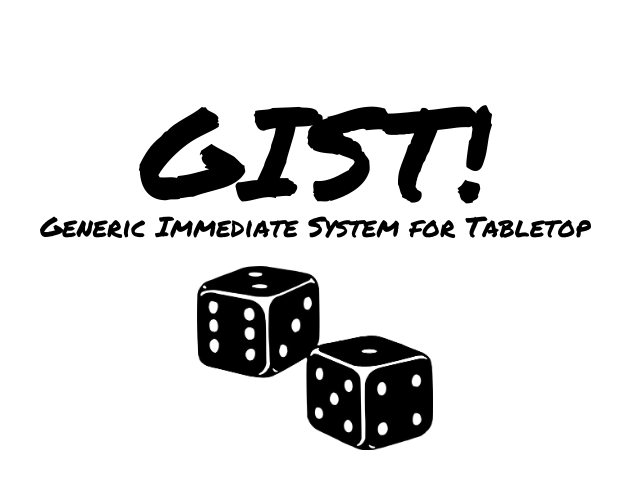The eternal dilemma of a game designer: which game system should I use to regulate game X?

For the past two years, I have released three Cairn hacks in diverse genres: Greek mythology (Thálassa), space opera (Plerion), and action/adventure (Golden Idol). Despite their distinct themes, all three games shared a common thread—they were adventure games centered around high risks, where equipment and resources played a crucial role in gameplay. Although I had doubts about using Charge SRD for Golden Idol, I eventually dismissed them, convinced that the dungeons (“sites”) would be significant in the game. So, the choice became almost inevitable.
However, for S:BE (Sol: Beyond Earth), the scenarios were more open-ended. Three months ago, when I conceived the game, I was initially set on using GIST!—my own super-light and skill-based SRD. Admittedly, systems with abilities have strong precedents in the sci-fi genre, and GIST! is essentially a simplified derivative of Traveller.
Yet, I started reconsidering the mechanics of GIST! I felt that it might not be the best fit and wanted to explore the possibility of implementing a dice pool system. This led me to create a rough version of DIPER, which was supposed to be the engine for S:BE. However, upon revisiting it, I realized that it was an exercise in style without much practical use. There were already functional dice pool systems that were better designed. So, I convinced myself that it was finally time to try implementing Charge SRD.
And that’s when I hit a roadblock. Let me be clear: I love Charge. I think it’s a versatile and brilliant take on Forged in the Dark. However, I couldn’t find a way to seamlessly integrate the type of game I had in mind for S:BE with Charge. I couldn’t envision how to incorporate the use of momentum, playbooks, and all the elements that make Charge interesting within the game universe I envisioned.
Thus, I ultimately returned to GIST! I know I’ll pay a price for this decision. Without a recognizable SRD to label the game, S:BE will likely have less visibility. It’s already a niche game as it is, and using a system of my own creation only adds to that. I would have loved to use another system if it felt more “right”…
But let’s focus on the key features of S:BE using GIST!:
Characters possess four primary attributes: Form, Agility, Mind, and Soul, which influence their physical abilities, stamina, agility, intelligence, and emotional strength.
During character creation, players choose three skills and allocate 6 points among them. The maximum score for a skill is 3.
Attribute scores serve as both modifiers for rolls and a qualitative measure of the attributes themselves.
Circumstances in the game may temporarily decrease attribute levels.
Characters select a background that reflects their past experiences and abilities. Each background grants a special skill and related tools: Space Miner, Space Marine, Engineer, Explorer, Diplomat, Entrepreneur, Martian Farmer, Space Garbage Cleaner, and Tourist.
Rolls always involve 2d6 + modifiers (including situational modifiers) aiming to reach or exceed a total of 8.
Equipment provides positive modifiers for checks, while armor reduces damage taken.
In combat, characters can take two actions per round, such as moving, attacking, defending, or using special abilities.
Damage inflicted in combat depends on the difference between the attacker’s and defender’s rolls, reduced by armor.
Characters can advance by gaining skill levels through advancement rolls.
As you can see, it’s not particularly original, but highly functional. The “flab” will be in the part concerning Interplanetary Travel and, of course, the setting.
In the next update, I’ll present the rules for Interplanetary Travel, which includes guidelines for spaceships and space combat.
Leave a Reply